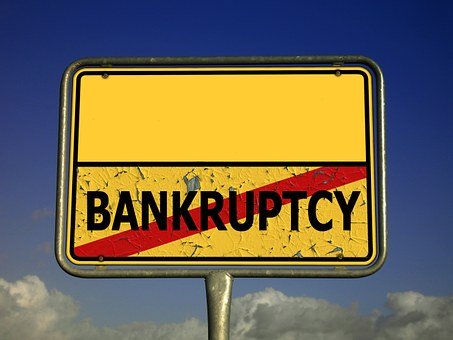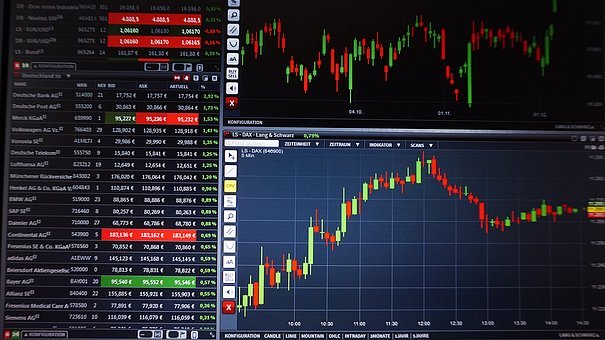Covid 19 the Big One and good Cash management. The Big One is the name given to the earthquake which should one day engulf California if the forecasts of the seismologists are realized. In economic matters, the first half of 2020 probably has the status of Big One. An unprecedented global economic crisis that will take a significant toll financially. The slow emergence of containment that is emerging will put Cash at the center of business concerns. Neither profitability, nor productivity, nor the development of turnover will save companies, it will be Cash.
Approaching this subject with tools before the Covid 19 crisis is a mistake.
All indicators are broken and inaccurate; payment incidents are no longer recorded by the Banque de France, balance sheets are not closed, tax deadlines are postponed, social charges are not paid and payment behaviour is modified due to cash loans guaranteed by the State. However, all analyses, databases and decision-making tools are based on these indicators which will be at least inaccurate for several months.
For everyone, suppliers, customers and consumers, it is essential that economic activity restart. Questions will then arise relating to late payments and supplier credit limits to be set up for new deliveries. It is customer supplier relationships that will have to be reinvented to ensure that all economic players have a sufficient mattress of Cash to overcome this crisis, and those that should follow, according to some experts.
After the end of the lockdown the solution will not be to jump to the throat of customers who are late in their payments. We must invent a new partnership based on new deadlines and means of payment. Suppliers will have to support their customers by delivering goods on credit, customers will have to agree to pay on a regular basis even if they spread their payments differently. To date, the regulatory deadline for paying invoices is 60 days with a large due date. At the end of the lockdown it would be useful to extend the time allowed from 30 to 60 days but by establishing, for example, partial regulations every 2 weeks. It would be a “win / win” solution where the supplier anticipates part of their cash flow and the customer finances their purchases in a smooth and spread out manner. A real dialogue will have to be engaged between supplier and customer to weave a regular and trusting relationship.
Companies after the lockdown will have to focus on their core business, the production or purchase of products as well as their marketing. It has never been so useful to outsource Cash Management which consumes time and resources when done in-house. And this is one of the reasons why some companies are abandoning this approach, which is essential if they want to survive the troubled times ahead.





![skyscraper-3032786__340[1]](https://www.gevo.fr/wp-content/uploads/2019/11/skyscraper-3032786__3401.jpg)

